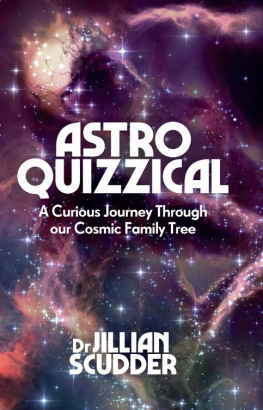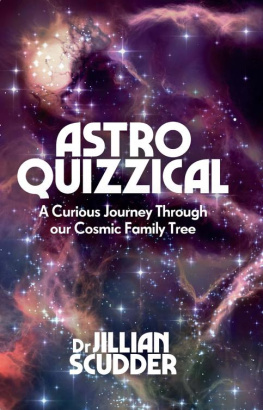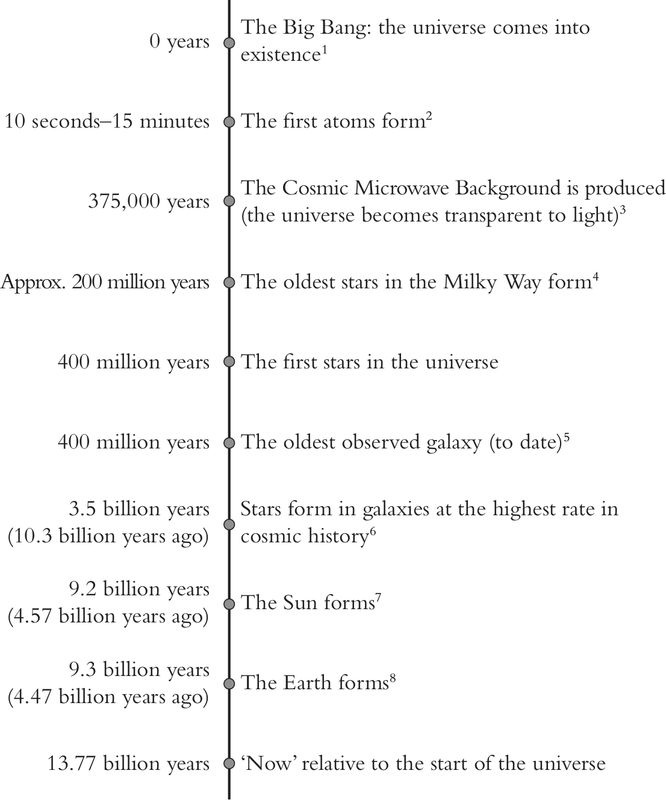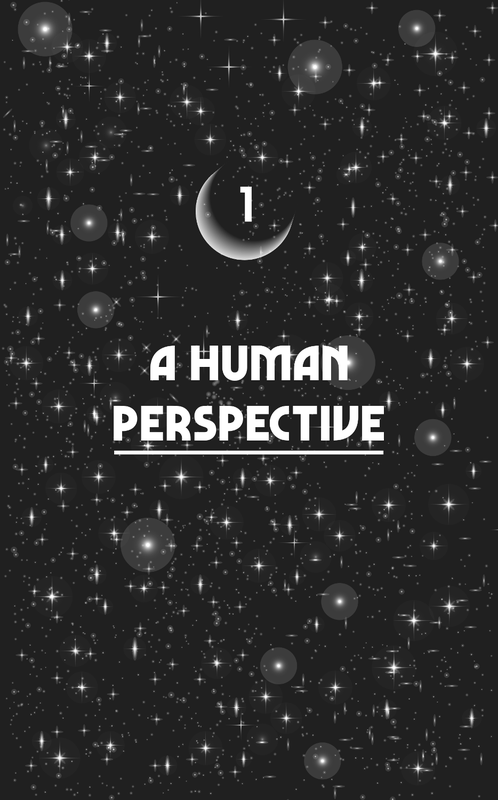1https://map.gsfc.nasa.gov/media/060915/index.html
2https://arxiv.org/abs/1706.03138
3https://www.nasa.gov/mission_pages/planck/multimedia/pia17449.html
4https://arxiv.org/abs/1302.3180
5https://arxiv.org/abs/1603.00461
6http://adsabs.harvard.edu/cgi-bin/bib_query?1998ApJ498..106M
7https://arxiv.org/abs/astro-ph/0204331
8https://pubs.usgs.gov/gip/geotime/age.html
You are living, in company with almost every other human, on the surface of the planet Earth, the only planet in the vast universe known to host intelligent life of any kind.
Its often said by astrophysicists that every one of us should feel a strong connection to the stars. Without generations of stars that burned, exploded, or collided before our planet was formed, the carbon that our bodies are made of, the iron in our blood, and the gold and silver of our precious objects would simply not exist.
In a very tangible way, those stars made it possible for us to be here to look at them. Without them, we could not possibly have evolved on our watery world. But truly exploring how we are linked to them and how they have led to our own lives on planet Earth can be an arduous task, even for the curious-minded among us. While there are many ties between us and the stars, such information is often forgotten or hard to find.
This book explores the ties that link us not just to the stars, but to the universe as a whole our cosmic family. Without a planet to call home, we would not exist. Without a star, our planet would not exist. Without a galaxy, our star would not exist. And without the filamentary nature of structure in the earliest universe, our galaxy would not exist. Each of them paved the way for another generation building up the groundwork for our tree of life.
Welcome to your cosmic family tree. Lets explore some of the stories that this family has to tell us.
The view from home
As with any hunt for our own human ancestors, we begin our journey up the cosmic family tree with ourselves. How do we see the universe from where we stand? As both the children of this vast cosmos, and the only ones (to our knowledge) who are attempting to chart our cosmic lineage and understand the rules of the universe, our own perspective is a unique one. Our sense of what the big picture is, as well as how we might fit into that picture, is very much affected by how the stars appear to us. As we have developed more advanced ways of viewing the night sky, our sense of just how big the picture truly is has only grown in scope.
Our view of the cosmos is almost always from the surface of our parent planet, Earth. A select few members of our human race have had the privilege of observing our planet from a loftier perch, but with the exception of those astronauts, all of humanity has observed the stars and planets from the ground. Its at night, with our atmosphere protecting us from the freezing void of space, and our own star no longer flooding our planet with light, that we can see the first glimpses of our immediate cosmic family.
Many of us, on a clear night, will look up to find ourselves briefly captivated by the shining of a bright object in the sky. Some of the brighter lights we can see in the night sky are our Earths planetary siblings, formed out of the exact same cloud of dust and gas that generated our own home 4.5 billion years ago (more on this in ). But even without the planets overhead to shine extra brightly, the night sky can be dazzling, especially if you happen to find yourself away from the lights of the city streets.
Without interference from artificial lights, thousands of stars are visible even to our unaided eye, but these skies are increasingly difficult to find. According to a 2016 study by Fabio Falchi, 99% of the US and European populations live under light-polluted skies. Its easy to forget, or to have never seen, just how many stars are visible to us from Earth.
But just as the images from the International Space Station can remind us of the curvature of the Earth, photographers who have the means to travel to the few remaining truly dark places can capture the night sky in those remote spots, reminding the rest of us of what were missing.
Many photographers aim their lenses at the Orion Nebula. Its both a very aesthetically pleasing part of the sky, and a very bright one, so its easy to capture a number of stars in the image. Looking at some of these photographs of the night sky, and then looking at the version above your own homes, it may seem that the images have been exaggerated somehow, or that the number of stars has been digitally increased. This isnt the case but a camera has an advantage that our own eyes cant access. Our eyes are relatively small light-capturing devices, and we cant increase the exposure time in the same way that you can on a camera to catch even faint light.













